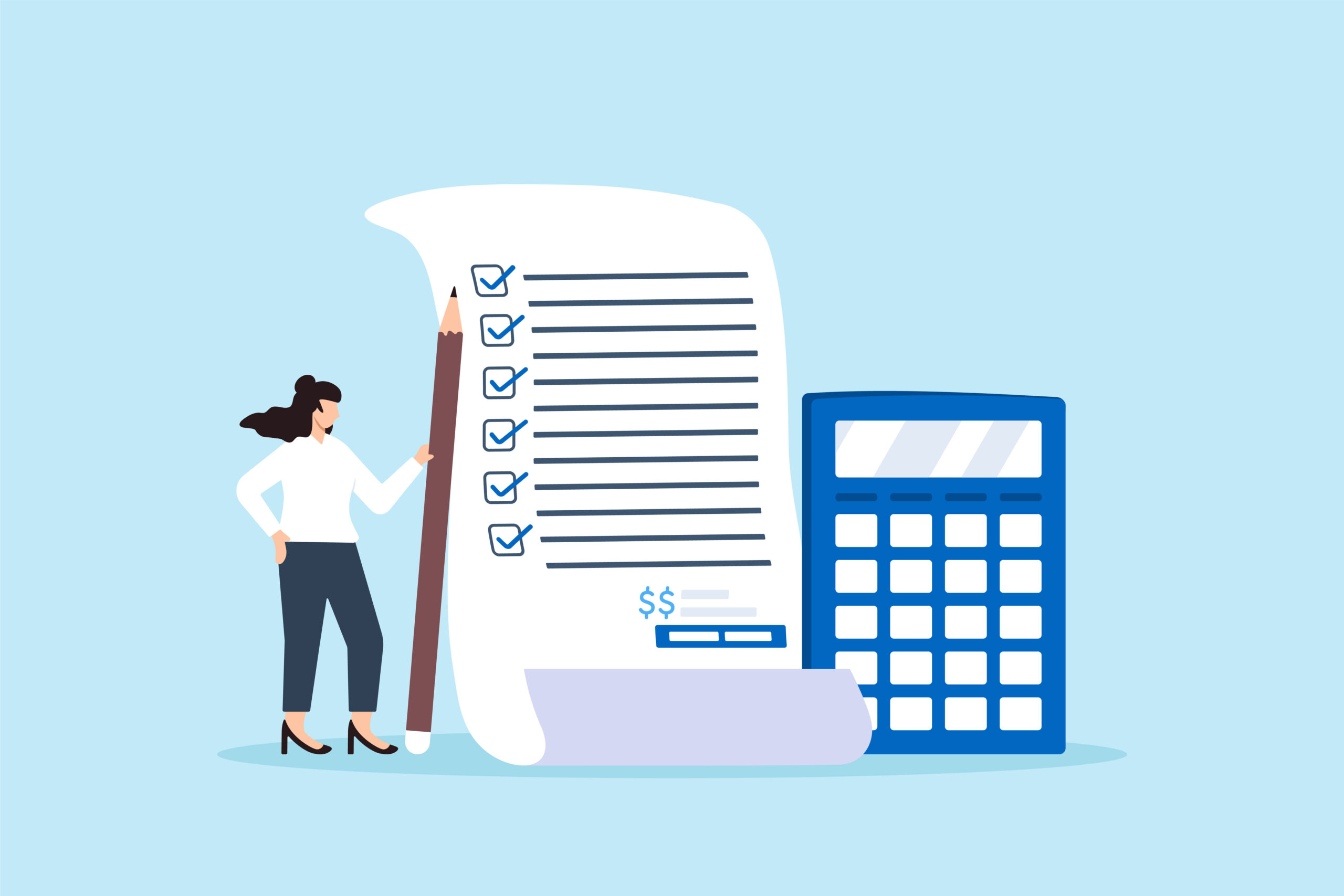Are you tired of spending countless hours crafting project estimates that are often inaccurate and time-consuming? A well-structured work estimate template can be your secret weapon for boosting efficiency and precision.
That said, this article will explore the numerous benefits of using a work estimate template to streamline your bidding process, reduce errors, and improve your overall project profitability.
1. Standardization
Using a work estimate template standardizes the estimation process, which is crucial for maintaining consistency across projects. This consistency ensures that all estimates are created using the same format, making it easier to compare and review them side by side.
A free estimate template typically includes all the necessary fields and sections, ensuring that no critical detail is overlooked. This comprehensive coverage helps in capturing all relevant information, which can be crucial for the accuracy and completeness of the estimates.
2. Time-Saving
One significant advantage of using a work estimate template is the time saved during the estimation process. With a template, there is no need to start from scratch each time an estimate is needed. Pre-filled sections and checklists allow for quick input of specific project details, significantly reducing the time required to prepare an estimate.
Additionally, templates can be reused across multiple projects, which eliminates the repetitive task of recreating estimates from the ground up. This efficiency not only speeds up the estimation process but also allows project managers and estimators to focus more on other critical aspects of project planning and execution.
3. Improved Accuracy
Accuracy in project estimates is paramount, and a well-designed template facilitates this by encouraging a detailed breakdown of tasks and associated costs. This granular approach helps in identifying all necessary components and activities, leading to more precise cost and time estimations.
By incorporating historical data from previous projects into the template, estimators can leverage past experiences to enhance the reliability of their current estimates. This historical perspective allows for more accurate forecasting and helps in anticipating potential challenges that might affect the project’s timeline or budget.
4. Enhanced Communication
Clear and effective communication with stakeholders is essential for project success, and a structured work estimate template plays a crucial role in this. A well-organized template clearly outlines the scope, costs, and timelines, providing all stakeholders with a transparent view of what the project entails. This clarity helps in setting realistic expectations and facilitates better decision-making.
Moreover, consistently professional-looking estimates enhance the credibility of the business, making it easier to build trust with potential clients and partners. A template’s structured format ensures that all necessary information is communicated effectively, leaving little room for misunderstandings.

5. Risk Management
Effective risk management begins with accurate project estimates, and a detailed template helps identify potential risks early in the estimation process. By providing a comprehensive view of the project scope and details, templates help pinpoint areas where risks might arise.
Additionally, templates often include sections for contingency planning, which allows project managers to prepare for unforeseen events and mitigate their impact on the project. This proactive approach to risk management helps in minimizing disruptions and ensures that the project can proceed smoothly even when unexpected issues occur.
6. Better Resource Management
Accurate work estimates are critical for proper resource management. By providing a detailed breakdown of tasks and associated resources, templates aid in the efficient allocation of workforce and materials. This ensures that the project has the necessary resources to be completed successfully.
Furthermore, a precise cost estimate template form helps create more accurate budgets, which prevent cost overruns and financial strain. Efficient resource management not only contributes to the project’s timely completion but also optimizes the use of available resources, enhancing overall project performance.
7. Client Satisfaction
Client satisfaction is a key measure of project success, and detailed, accurate work estimates play a significant role in achieving this. By providing clients with a clear understanding of what to expect in terms of scope, costs, and timelines, detailed job estimates foster transparency and trust.
Clients appreciate the clarity and professionalism of well-prepared cost estimates, which enhances their confidence in the project team’s ability to deliver. Consistently accurate estimates also build a reputation for reliability, leading to long-term client relationships and repeat business.
8. Documentation and Record-Keeping
Proper documentation is essential for effective project management, and work estimate templates serve as valuable records. These free estimate templates provide a documented reference that can be useful for future projects, audits, and reviews. They help track project progress against the initial estimates, offering insights into performance and areas for improvement.
This documentation also aids in maintaining transparency and accountability throughout the project lifecycle. By keeping detailed records, project managers can learn from past projects and continuously refine their estimation processes, leading to better outcomes in future endeavors.
Conclusion
Remember, a well-crafted estimate is not just a document; it’s a strategic tool that can set you apart from the competition. By following the guidelines outlined in this guide, you’ll be well-equipped to create a job estimate template that drives efficiency and success for your business.


